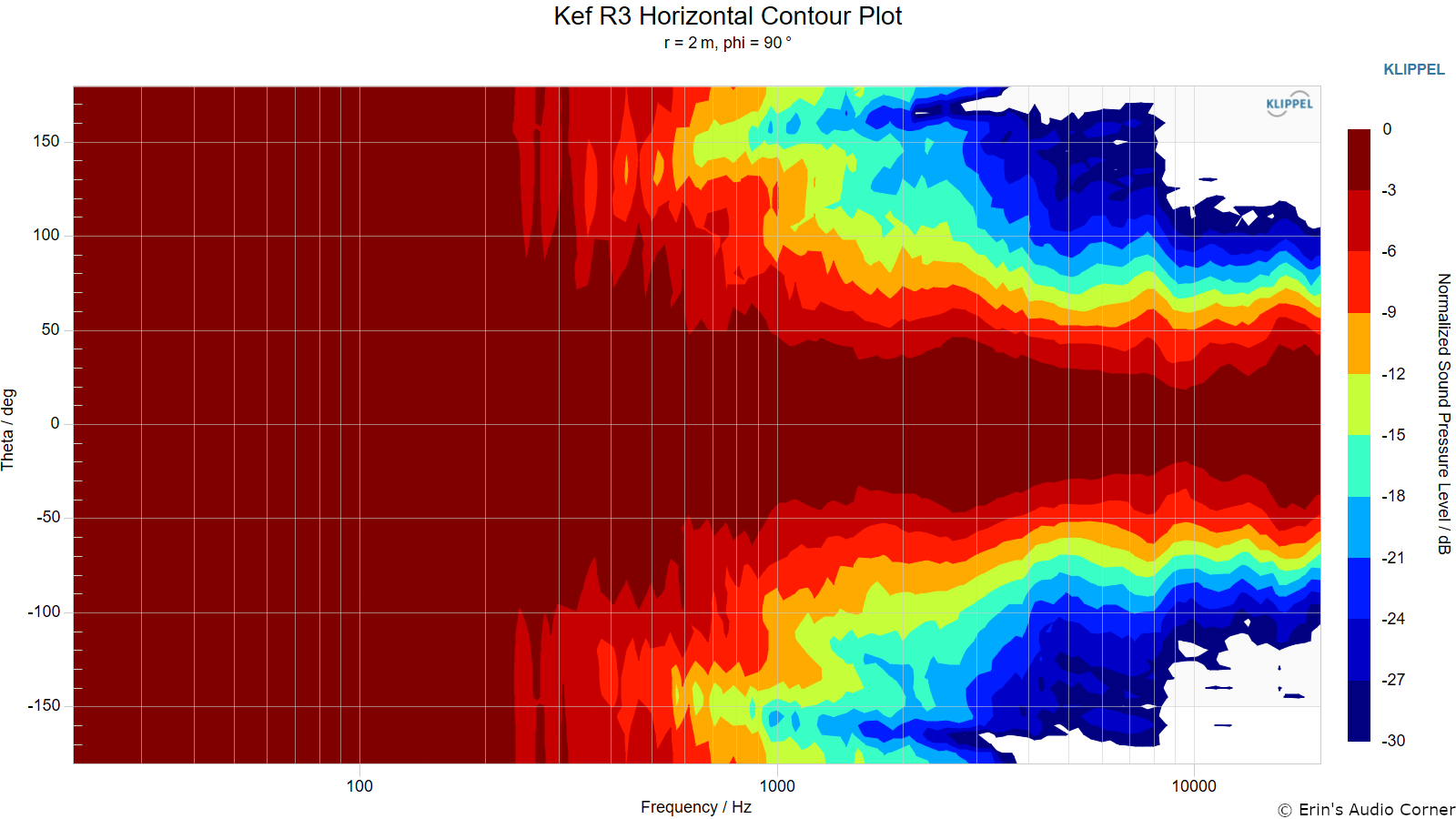Which one do you like best and why?
I'm not sure yet but I'll mention some things I've learned.
From reading others' experiences and now quite a bit of time listening to both I feel it depends which ones you're psycho-acoustically used to.
If you have Metas and try to switch to R3's you might miss the better point source presentation and ability to disappear.
If you have R3's and switch to Metas you might miss the scale they present above the Metas. R3's present practically like floor standers with a more room filling sound. They can work better for you in a larger room at greater distance.
It also seems to me that first listening distance, then room size, are the differentiators, not the speakers.
I've been considering downsizing and keeping one set but since they each have their own characteristics I still can't decide. If I knew I'd be in a small apartment or room indefinitely I'd keep the Metas. Due to the point source presentation it seems they are easier to place for optimal imaging and disappearance. If I was in a large room I can still use the Metas but I would still want to be less than 7' triangle sweet spot.
I feel since the Metas can be used in any size room, even deskfield, and if placed properly will almost completely disappear leaving excellent imaging and soundstage, I'd lean Metas for versatility. On the other hand, R3's placed well in a medium room 7-9' triangle could go solo no sub, where you might, but don't need, to have a sub with the Metas.
Shower thought: *Metas can be placed between listening position and TV screen without distracting reflection, Black/white gloss R3's cannot. That limits my positioning of the R3's in my tiny living room.
I'm glad I could make your decision for you.

/S

